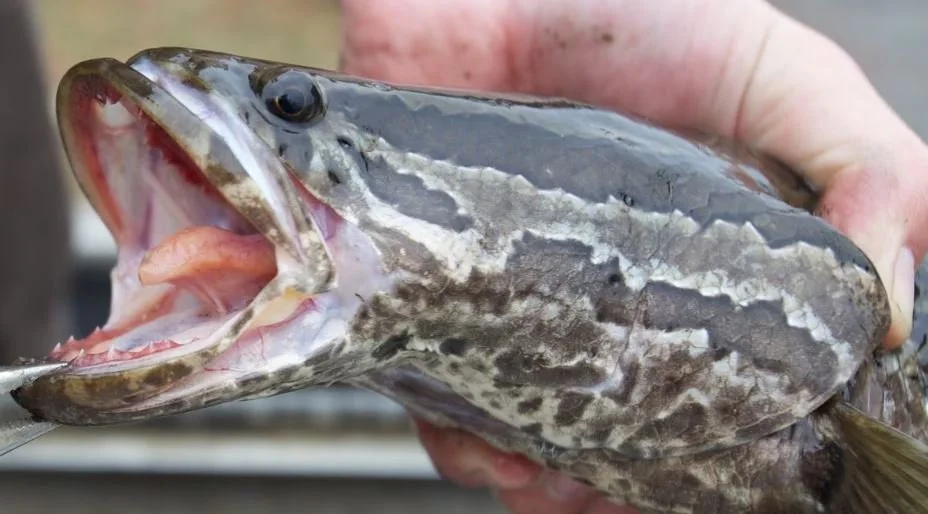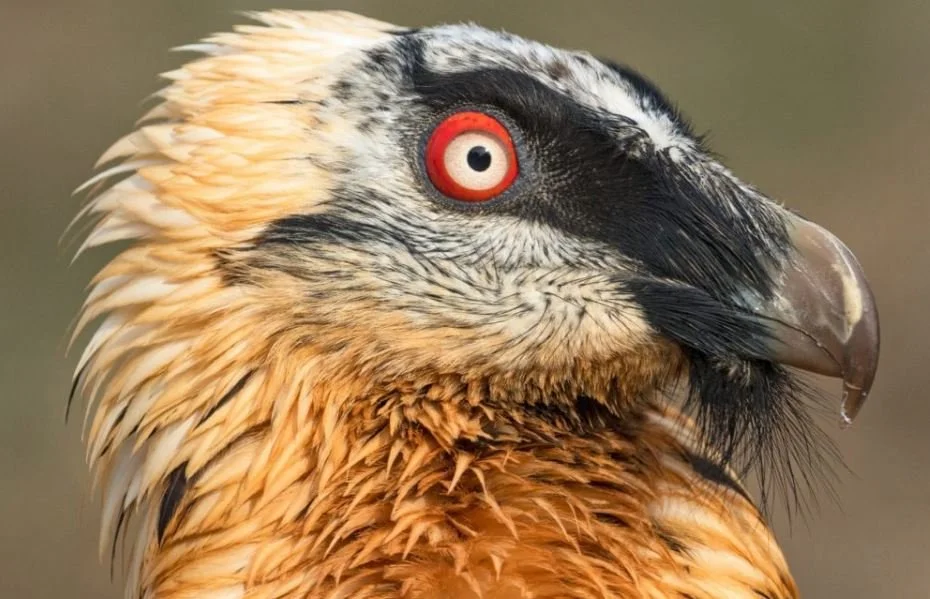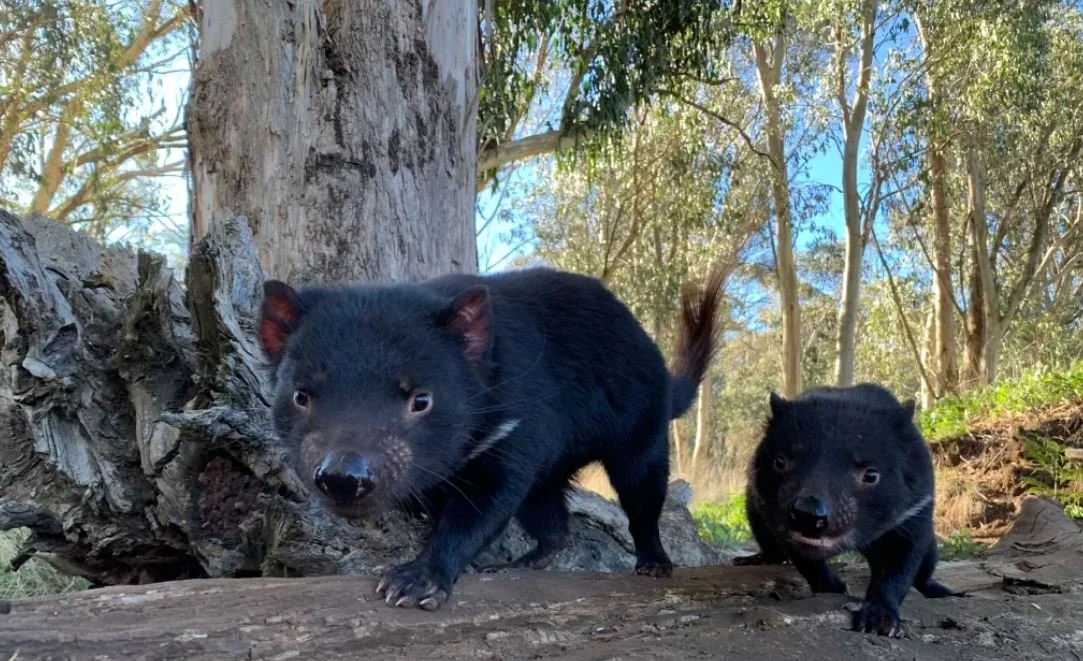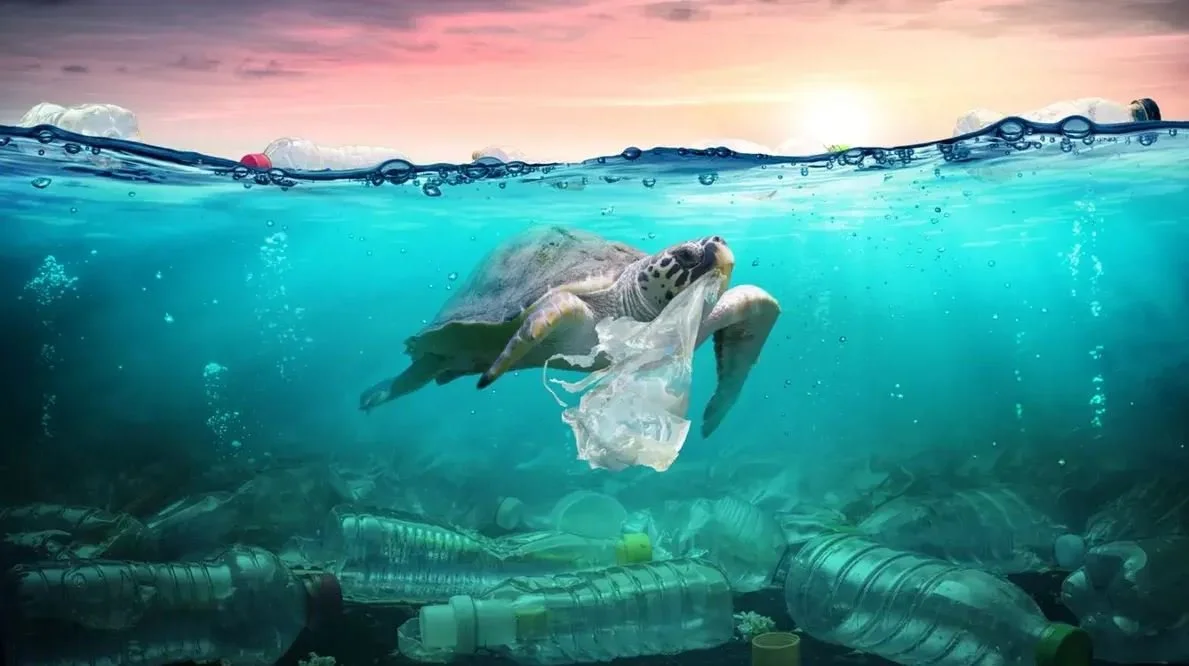A new species of gliding gecko has been uncovered in northern India. The Mizoram parachute gecko (Gekko mizoramensis), named after the Indian state where it was found, is one of 14 gecko species known to glide between the treetops.
Hi.
Welcome to my blog.





















